8 marketing campaigns with the key focus of empowering women
These campaigns are more than just ads — they’re movements that are changing the game and challenging societal norms.
From body positivity to breaking the glass ceiling, these campaigns are leaving an indelible mark on the world of marketing and beyond. And who said marketing had to be boring? These campaigns are anything but.
Get ready to laugh, cry, and feel inspired as we take you on a journey through the best marketing campaigns that are putting women front and center.
So buckle up, because this is a celebration of women who are taking the world by storm!
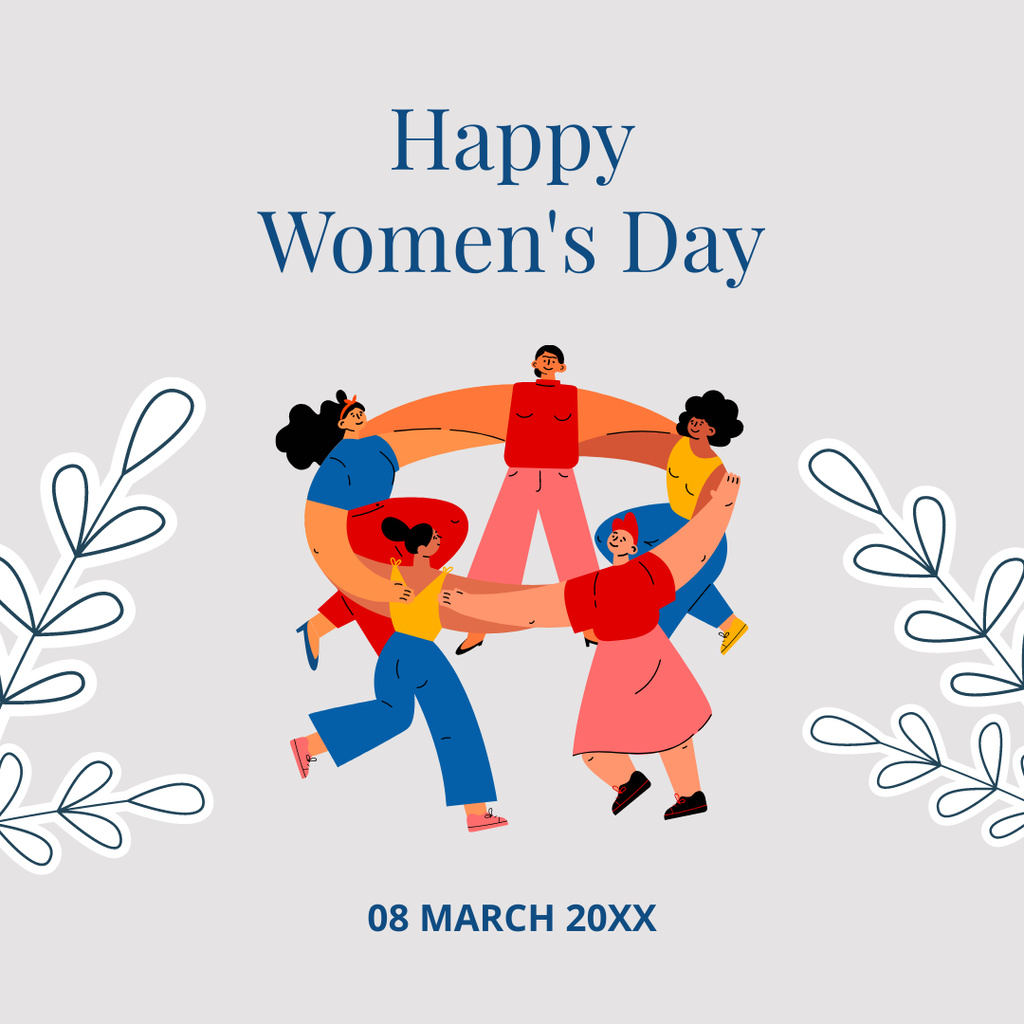
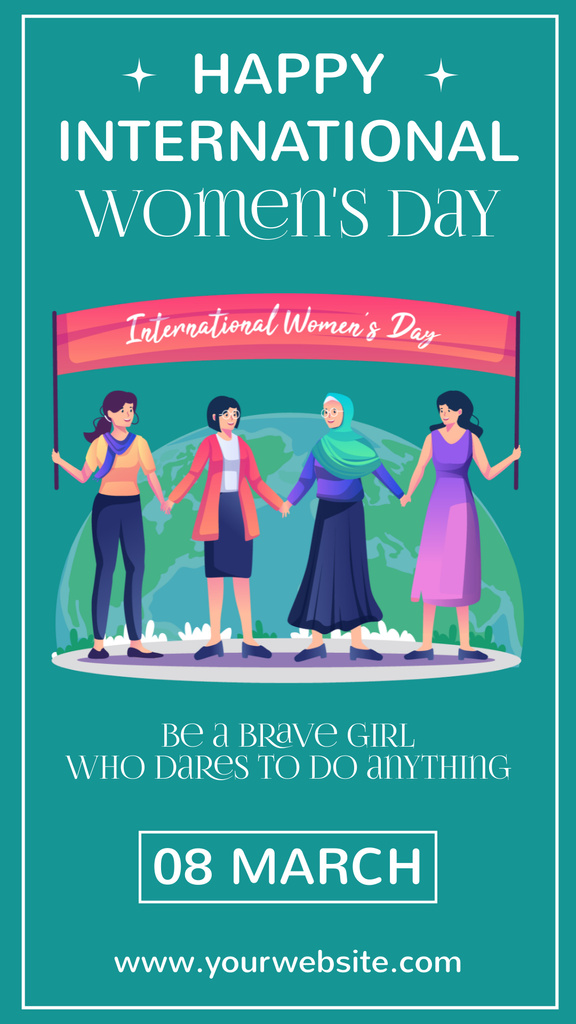

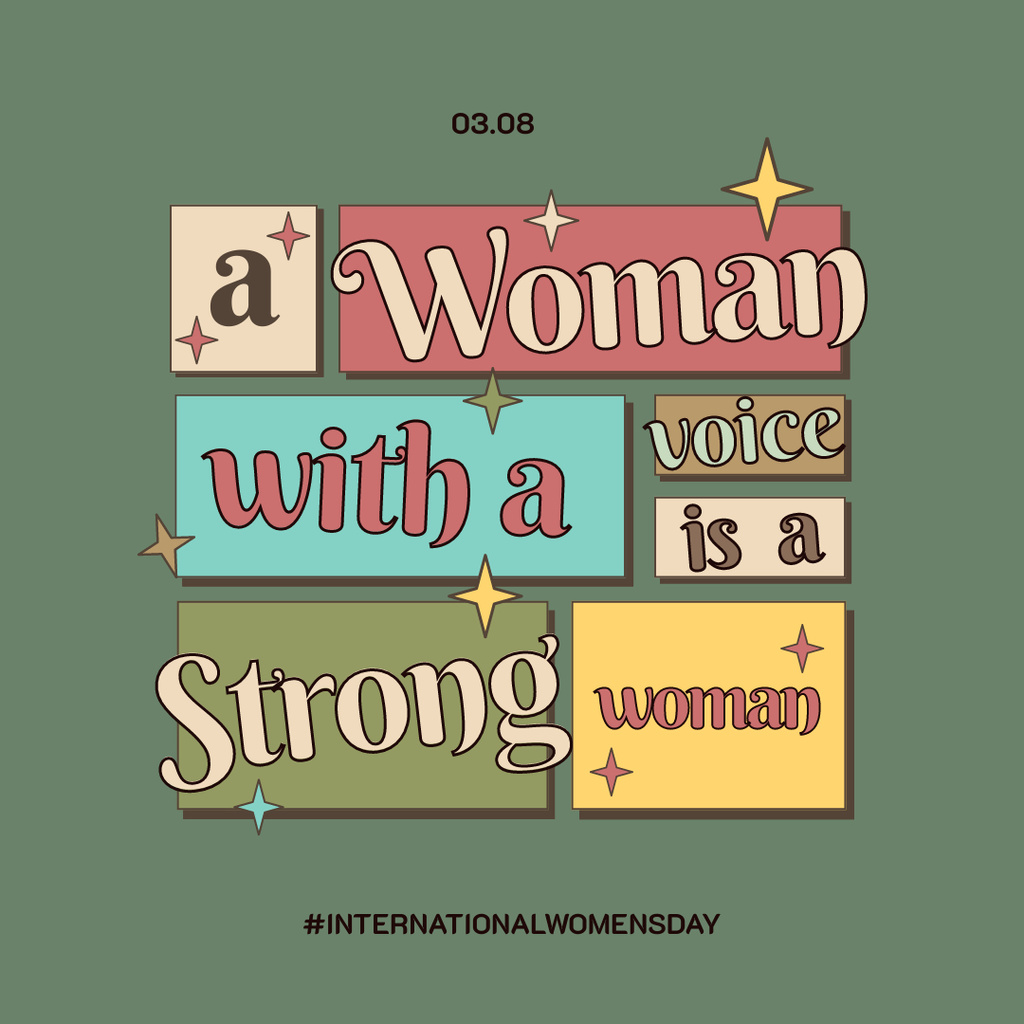
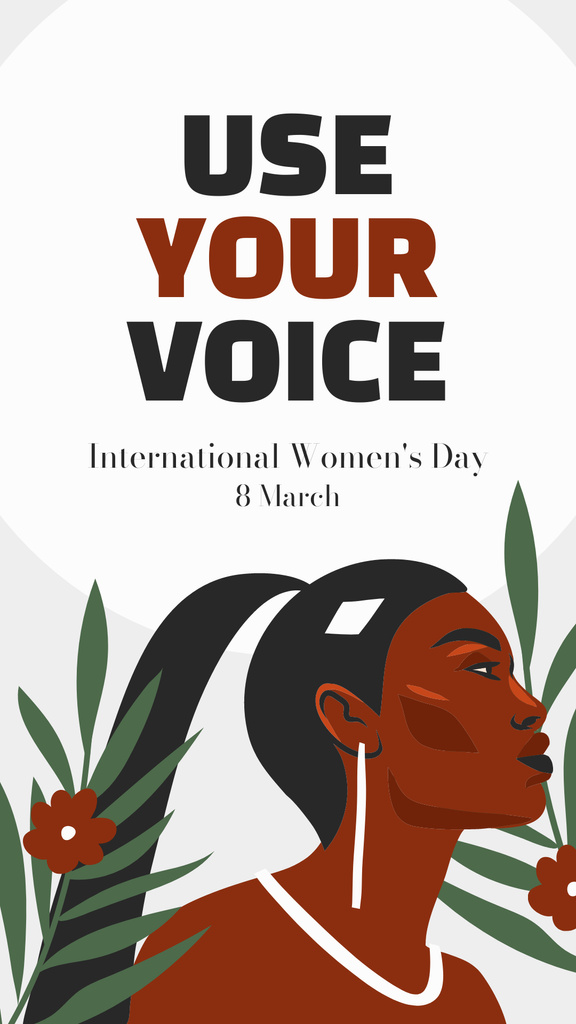
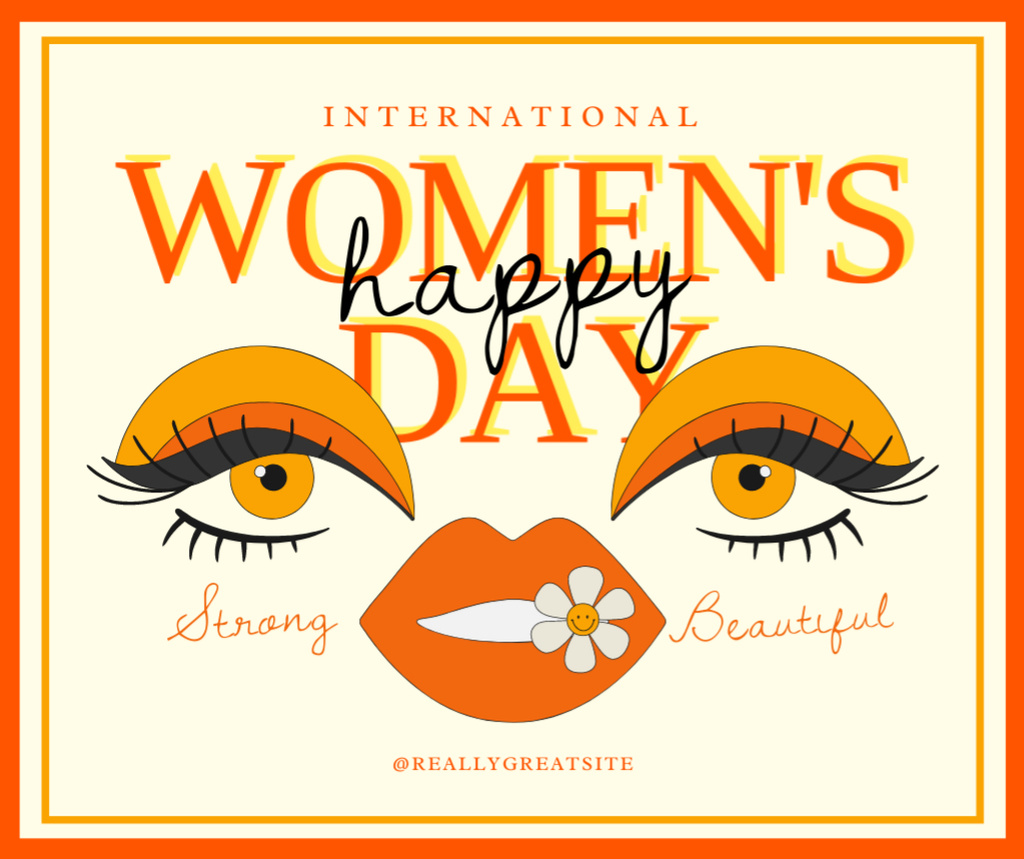
Create a professional-looking, empowering visual for your International Women’s Day campaign using VistaCreate! We have plenty of ready-made templates for you to customize to fit your business needs.
➡️ Repeatable success: The recipe for effective designs in VistaCreate
Smirnoff and Spotify — The Equalizer
According to Spotify data, in 2017, none of the top 10 most-streamed tracks were performed by women artists or bands.
Smirnoff decided to take everything in their hands and change this.
Back in 2018, the brand teamed up with Spotify and launched a fierce and empowering campaign called “The Equaliser” to address the gender imbalance in the music industry and encourage the discovery and support of female artists.
“The Equaliser” tool, which is the centerpiece of the campaign, provided users with the ability to discover and add female artists to their playlists.
But the campaign wasn’t just limited to the digital space. “The Equaliser” also organized a series of live events and performances featuring some of the most talented female DJs and musicians in the industry.
On top of that, the campaign also offered a mentorship program for aspiring female artists, allowing them to connect with established artists and gain insight and advice on navigating the industry.
Finally, Smirnoff and Spotify pledged to donate $1 for every person who visits The Equaliser website to a scholarship fund for women pursuing careers in music. This donation was aimed at breaking down financial barriers that often prevent women from entering the industry.
The Equaliser campaign was a much-needed push for gender equality in the music industry. It was a bold statement that calls attention to the inequality that female artists face, and it gives a voice to those who have been silenced for far too long.
Heineken — Cheers to all
Back in 2009, Heineken produced its hit commercial instilling the idea that beer is “a manly drink”.
Since, then, a lot has changed. And, fortunately, Heineken recognized it.
So, a little over a decade later, the brand decided to dispel the very gender stereotypes it hinged in a funky campaign “Cheers to all”.
In the 2020 commercial, Heineken shares a collection of clips in which women and men swap roles, with men going for “traditionally female drinks” like fruity, elaborate cocktails, while women choose beer as their go-to beverages.
The idea for this campaign was inspired by real life experiences that everyone can relate to. Breaking down these stereotypes involves acknowledging them and we wanted to do this in an entertaining way through our hero film. We want to remind people around the world that everyone should feel free to enjoy the drink they prefer so we created ‘Cheers to All’.
Maud Meijboom, brand development and communications director, Heineken
Women’s Aid – Look at Me
According to stats, 1 in 4 women falls victim to domestic violence in a lifetime. Unfortunately, domestic violence has been so trivialized in our society that women that get affected by it often don’t report its cases to the authorities, sweeping the problem under the rug.
Similarly, those around them choose to turn a blind eye to the issue, too.
That’s why the ‘Look at Me’ initiative by Women’s Aid was so important and empowering.
As a part of their 2015 campaign launched to coincide with International Women’s Day and aimed to highlight the life-saving work of the domestic violence charity, Women’s Aid produced a number of interactive billboards depicting beaten up and bruised women and placed them around the UK.
As long as people passed by and ignored the billboard, the image remained unchanged. However, if someone stopped and looked at the screen, the bruises would begin to heal.
This groundbreaking campaign utilized facial recognition technology and gaze tracking to alter the digital billboard in real-time based on the number of people stopping to look.
The campaign also utilized GeoWave to send mobile push notifications to passersby in the area, linking them to a donation-driving microsite.
The campaign was a major success:
- Average time people spent looking at the posters was 349% higher than the previous average measured across the same sites.
- 2,500% increase in people stopping to watch for more than 10 seconds.
- PR reach of 326.9m people, with 70 broadcasters, newspapers and online portals covering the campaign.
- 86.7m impressions on Twitter alone.
Always — #LikeAGirl
At puberty, 50% of girls feel paralyzed by the fear of failure, with a majority of girls feeling that societal pressure to be perfect drives this fear of failure.
The #LikeAGirl campaign by Always was a game-changing, revolutionary campaign that struck at the heart of gender stereotypes and smashed them to pieces.
With a powerful video, the campaign asked the tough question: what does it mean to do something “like a girl?”
While many responded with weak and flimsy actions that would make a wet noodle look tough, young girls demonstrated their strength and fearlessness, showing that doing something “like a girl” was not only powerful but downright badass.
The #LikeAGirl campaign was more than just a slogan. It was a rallying cry for girls everywhere to break free from the chains of gender stereotypes and embrace their strength and abilities. The campaign featured a website that was like a beacon of light, where girls could share their stories and inspire others with their achievements.
In partnership with organizations like Girls on the Run and the Women’s Sports Foundation, Always provided a platform for girls in sports and other activities to unleash their inner warrior.
The impact of the #LikeAGirl campaign was seismic, igniting a global conversation about gender equality and inspiring a legion of fierce and unstoppable young women. The campaign was showered with awards, including the coveted Grand Prix at the Cannes Lions International Festival of Creativity.
According to Always, the campaign led to…
- 85% of girls feel more encouraged to keep trying after experiencing a failure
- 70% of young girls believe they’d be more confident if they played sports
Dove — Real Beauty
Dove’s “Real Beauty” campaign, which took the advertising world by storm in 2004, is a true trailblazer in the empowerment of women. In a society that values unattainable beauty standards and airbrushed perfection, Dove sought to disrupt the norm by showcasing a diverse range of women — of different ages, races, sizes, and abilities — in their underwear, proudly flaunting their bodies with the tagline “Real Beauty.”
This revolutionary campaign challenged the age-old narrative that women should be ashamed of their imperfections and aimed to promote self-confidence and acceptance. The striking billboards featuring real women were hard to miss, and soon, the campaign gained traction through videos and social media content, including the viral “Evolution” video that exposed the extent of digital manipulation in the beauty industry.
The “Real Beauty” campaign sparked conversations about beauty standards and helped to redefine beauty, promoting a more inclusive and diverse representation of women. The campaign’s success lies in its ability to empower women to embrace their unique features and reject the unrealistic beauty standards that have long dominated the media landscape.
Dove’s message resonated with women across the world, who felt seen and heard for the first time. The campaign remains an iconic example of how advertising can be a force for good, using its reach to promote positive messages and challenge the status quo. By celebrating the beauty in diversity, Dove’s “Real Beauty” campaign inspired other brands to follow suit, pushing the industry towards a more inclusive and empowering future for women.
CoverGirl — #GirlsCan
“Girls can’t. Sometimes you hear it, but more often… You feel it.”
The GirlsCan campaign by CoverGirl was a bold and edgy initiative that aimed to empower young women to break free from gender stereotypes and embrace their unique talents. The campaign was not just about selling makeup; it was about empowering women to shatter glass ceilings and unleash their potential.
The brand understood that women were underrepresented in leadership roles, especially in STEM fields, and sought to inspire a new generation of girls to pursue their passions.
The GirlsCan campaign featured a powerhouse cast of inspiring women like Katy Perry, Ellen DeGeneres, and Queen Latifah, who encouraged girls to believe in themselves and their abilities. The brand also broke boundaries by featuring male makeup artist James Charles as the brand’s first-ever male ambassador, sending a powerful message that gender should not be a barrier to success.
The GirlsCan campaign was a vivid and colorful celebration of girl power, using bold typography and vibrant colors to convey the message that girls can do anything they want. The brand’s limited edition GirlsCan collection featured empowering phrases like “Lash Out” and “You Got This,” inspiring women to take on the world with confidence and determination.
CoverGirl went beyond the surface level of beauty and launched a variety of initiatives to empower young women. The brand partnered with Girls Who Code, a nonprofit organization that helps young women pursue careers in technology, and hosted workshops and events to help young women develop their leadership skills and connect with other like-minded individuals.
Yeah. Girls can!
Nike — Dream Crazier
The Nike Dream Crazier campaign hit the world like a bolt of lightning, igniting a fire in the hearts of women everywhere. It was a wake-up call for society, challenging them to break free from outdated stereotypes and embrace the power of female athletes. The campaign, which featured tennis icon Serena Williams, gymnast Simone Biles, snowboarder Chloe Kim, and fencer Ibtihaj Muhammad., aimed to inspire women to dream big and chase their goals, no matter how crazy they may seem.
The Dream Crazier campaign was a celebration of female strength, resilience, and determination. It was a rallying cry for women to challenge the status quo and push beyond their limits. The campaign’s message was clear: women could be fierce competitors, powerful leaders, and champions in their own right. Even if the society thinks that they’re “dramatic”, “nuts”, “delusional”, “unhinged”, “hysterical”, “irrational”, or simply “crazy” for that.
Nike urged women all over the world say “let it be” and chase their wildest, craziest dreams relentlessly. And women everywhere took that message to heart, embracing their inner champions and pushing themselves to achieve their goals.
The Dream Crazier campaign was a game-changer for women’s empowerment. It encouraged women to break free from the constraints of society’s expectations and to pursue their passions with unbridled passion. The campaign reminded women that they had the power to create their own destiny and to be the architects of their own success.
Sporto by Macho — The Female Gaze
Perhaps, not as bold as the rest of the campaigns on this list, but Sporto by Macho, too, had a say in empowering women with its marketing campaigns.
A men’s underwear brand, Sporto by Macho, decided to step away from the traditional concept of marketing men’s underwear and flipped the genders of the gazer and the gazed in the ad.
Instead of portraying a man as a lustful macho that gets mesmerized by the beauty of a woman, the brand did… The complete opposite! With a series of short videos depicting a flirty female sports instructor and a male gym-goer, it has subverted traditional male-dominated narratives in the men’s innerwear space.
This is probably the first time where a men’s wear brand is showing a woman taking the lead. We wanted to address and break regressive old fashioned gender stereotypes through our campaign.
Typically innerwear brands portray conventional male-dominant imagery, but our films depict a role reversal where we normalize and make the woman in control. The films are light-hearted and have the brands signature tongue-in-cheek humour with Vicky and Rashmika playing their onscreen roles perfectly.
Rajdeepak Das, CEO & Chief Creative Officer – South Asia, Leo Burnett
In conclusion, these 8 marketing campaigns are not just a testament to the power of advertising, but also to the power of women. They represent a shift towards a more inclusive and empowering marketing landscape, where women are no longer just passive consumers, but active agents of change.
These campaigns are breaking stereotypes, challenging norms, and inspiring women of all ages, backgrounds, and walks of life to be their best selves.
By showcasing diverse and authentic representations of women, these campaigns are sending a clear message — that every woman is beautiful, capable, and deserving of respect and recognition.
We hope that these campaigns will continue to inspire marketers to embrace inclusivity and diversity, and to create campaigns that empower and uplift women. Because when women rise, we all rise.




















